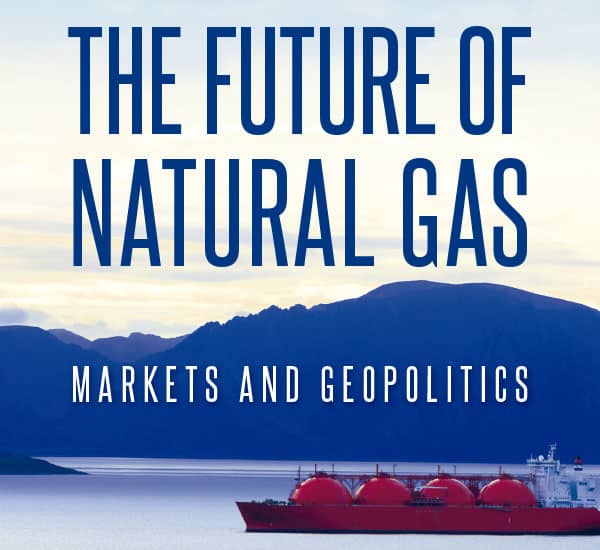
Latin America is one of the most dynamic regions for the development of natural gas markets at the global, regional and national levels. In fact, all the existing projections point to a significant increase in the degree of gas penetration in South America’s energy markets. Although unevenly distributed, natural gas is abundant in the region, with new reserves in Brazil and Argentina expected to come on stream over the next decade, including unconventional gas reserves. Gas industries started to develop in Argentina, Bolivia and Peru in the 1980s, when national energy policies turned towards combined-cycle gas generation plants. However, with some exceptions, past national gas policies (including the reluctance to increase regional market integration) have failed to materialise these abundant reserves into significant production. For instance, in spite of having significant unconventional gas reserves, the region’s capacity to replicate the US shale-gas revolution remains to be seen.
Regarding regional market integration, some countries (Argentina, Bolivia, Brazil and Chile) tried to build an integrated gas network that was later extended and proposed as a model of ‘physical integration’ (through gas pipelines) by Venezuela. However, poor national regulatory frameworks made gas integration impossible and led to crises such as the interruption of cross-border gas flows between Argentina and Chile in 2003. Moreover, in spite of the abundance of gas reserves in countries like Brazil, Argentina and Venezuela, all of them are net natural-gas importers. As a further signal of fragmentation in regional gas markets, South America as a whole is increasingly dependent on LNG (Liquefied Natural Gas) imports.
Despite the mistakes of the past, the abundance of gas resources entails significant opportunities for South America’s energy development and therefore its economic growth. It also offers tangible opportunities to foreign companies to contribute to the deepening of gas markets in the region, which would require substantial investment in physical infrastructure but also in increased technical and regulatory know-how. Moreover, the ongoing reconfiguration of the Western Hemisphere gas balance will fully unfold over the next two decades. In the best regional scenario, the integration of gas markets will be gradual and volatile, limited by slowly converging policies and strained political relations between key actors. At a global level, South America will continue to be interdependent with the US, but in a completely different manner: rather than exporting to US markets, competing with US gas in regional and global markets. Imports of US gas are not foreseen to reach the level of Mexico, but have already become a reality for Chile.
Not until the mid-2020s, provided that proper gas policies in the region are gradually applied, might countries like Argentina, Brazil or Bolivia fully materialise their reserves into significant production levels and eventually develop export markets outside the region. According to most projections, this will coincide with the decline of North American shale-gas production, allegedly rebalancing the gas interdependence pattern in the Americas. However, the uncertainty related to the evolution of regional gas policies and global gas markets could be offset by a more benign political economy cycle in the region. The clearer examples are the energy reform begun in Argentina under President Macri, the renewed Bolivian interest in attracting fresh investments, Petrobras’s divestment in natural gas distribution and the concomitant opening up of the sector, and the economic failure resulting from resource nationalism in Venezuela.
(*) This post summarises my chapter ‘Gas in South America: Resources, Corridors and Policies’, in the collective volume edited by S. Colombo, M. El Harrak & N. Sartori (2016), The Future of Natural Gas: Markets and Geopolitics, published by Istituto Affari Internazionali, OCP Policy Center and the European Energy Review.


